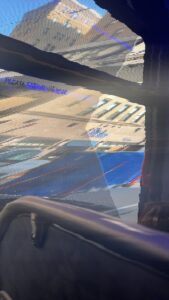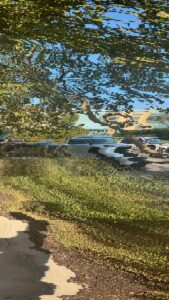For my typology, I plan on using the portable (iphone) thermal camera, as well as the built in iphone camera to capture the underside of dilapidated bridges.
My goal is to create a typology of Pittsburgh’s worst bridges that highlights our aging infrastructure and safety concerns.
Background
I came up with the idea for this project after reading this article about the state of steel bridges in the US. They found that over 25 percent of all bridges in the US will collapse by 2050, due to the extreme temperature fluctuation throughout the planet as a result of climate change. I immediately connected this to Pittsburgh, and the Fern Hollow bridge collapse. There are almost 450 bridges within Pittsburgh city limits (446 to be exact) and I found this report from June 2024 that concluded that 15 percent of these bridges are in poor condition and at risk of failure right now.
The next thing I was curious about was whether it was possible with the tools available to the studio to capture and record damage invisible or difficult to see with the naked eye. I learned that (among many other methods) one of the ways to identify weaknesses is using an IR thermal camera. [Jump to Section 3.3]
Method
I plan to standardize the bridge images (as best I can) by stationing myself directly under each bridge, and taking the photo with my phone pointed straight up in an attempt to unify the images and standardize the angle. I will take 2 photos (planned) of each bridge, one with the thermal camera, and one with my iphone camera.
My biggest concern right now is that it’s not going to work! Obviously I am not a structural engineer, and I have no idea if I’ll be able to see the damage even with the thermal camera. My contingency plan if I’m not able to get the thermal camera to work is to create a 3d scan of the underside of the 5-10 of the worst bridges instead, and somehow highlight the structural problems that are visible to the naked eye. That being said, I am very interested in hearing if someone thinks there’s a more effective capture method for this.
Additional Resources:
More about bridge diagnosis methods
Non paywalled article on bridge prognosis
Cause of the Fern Hollow Bridge collapse



